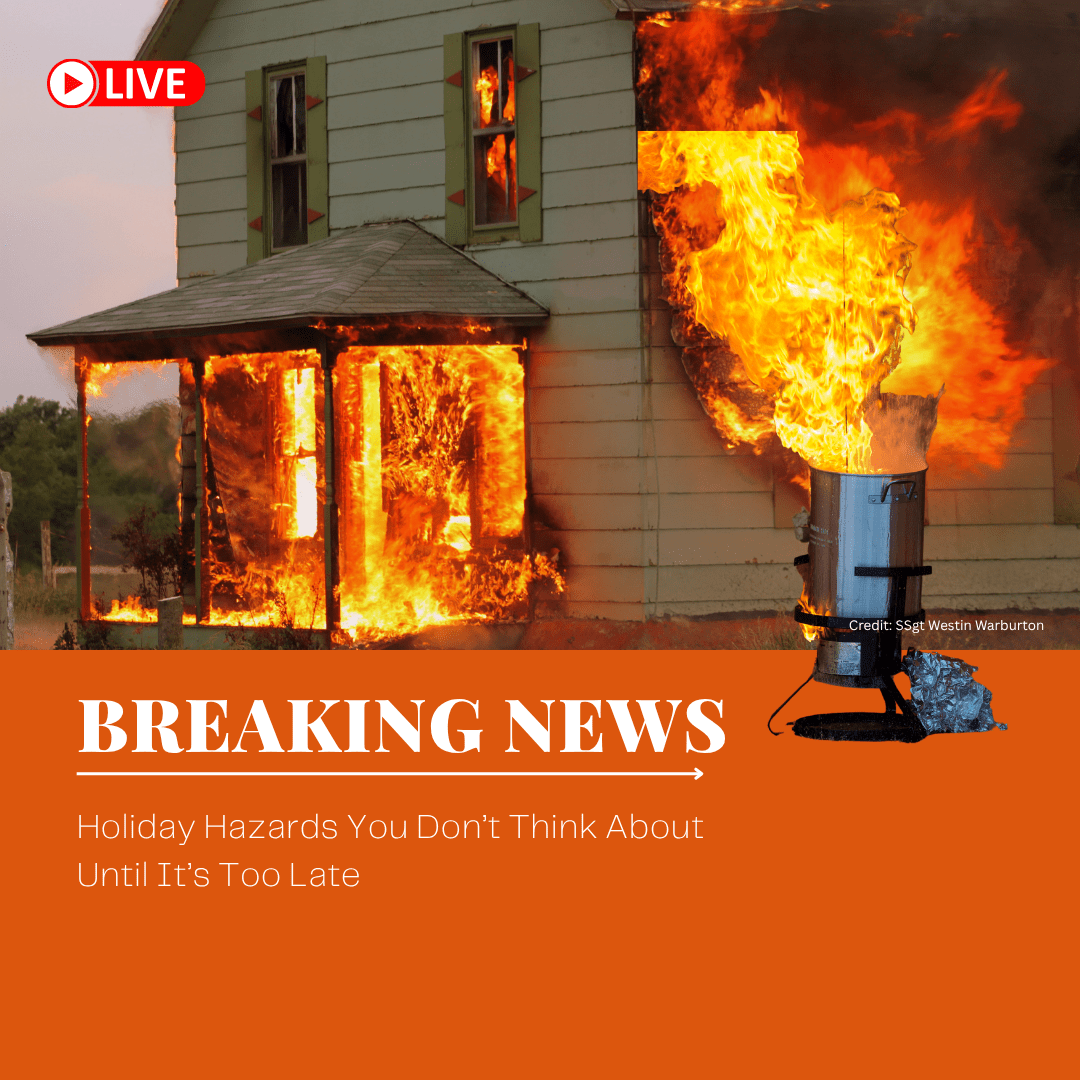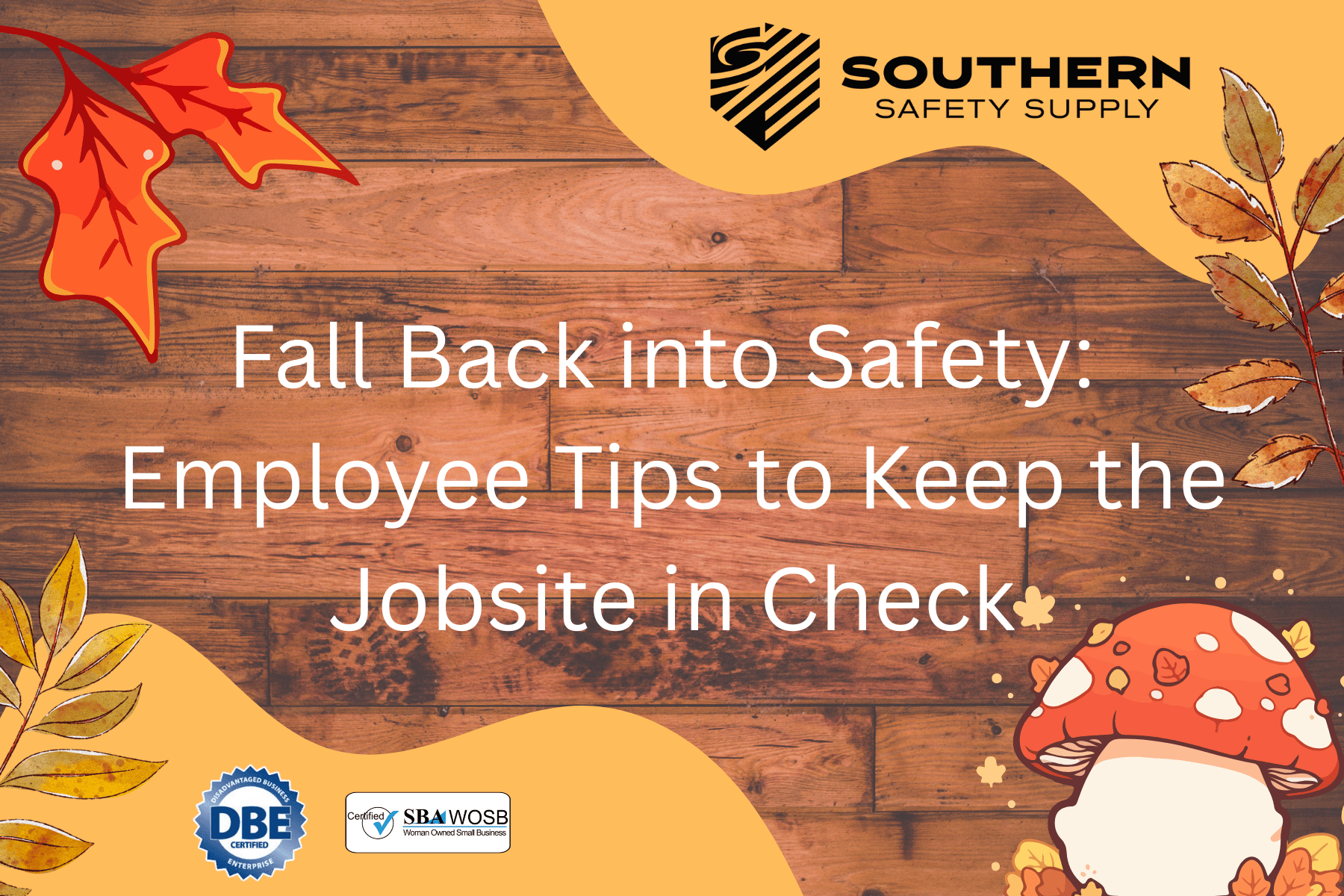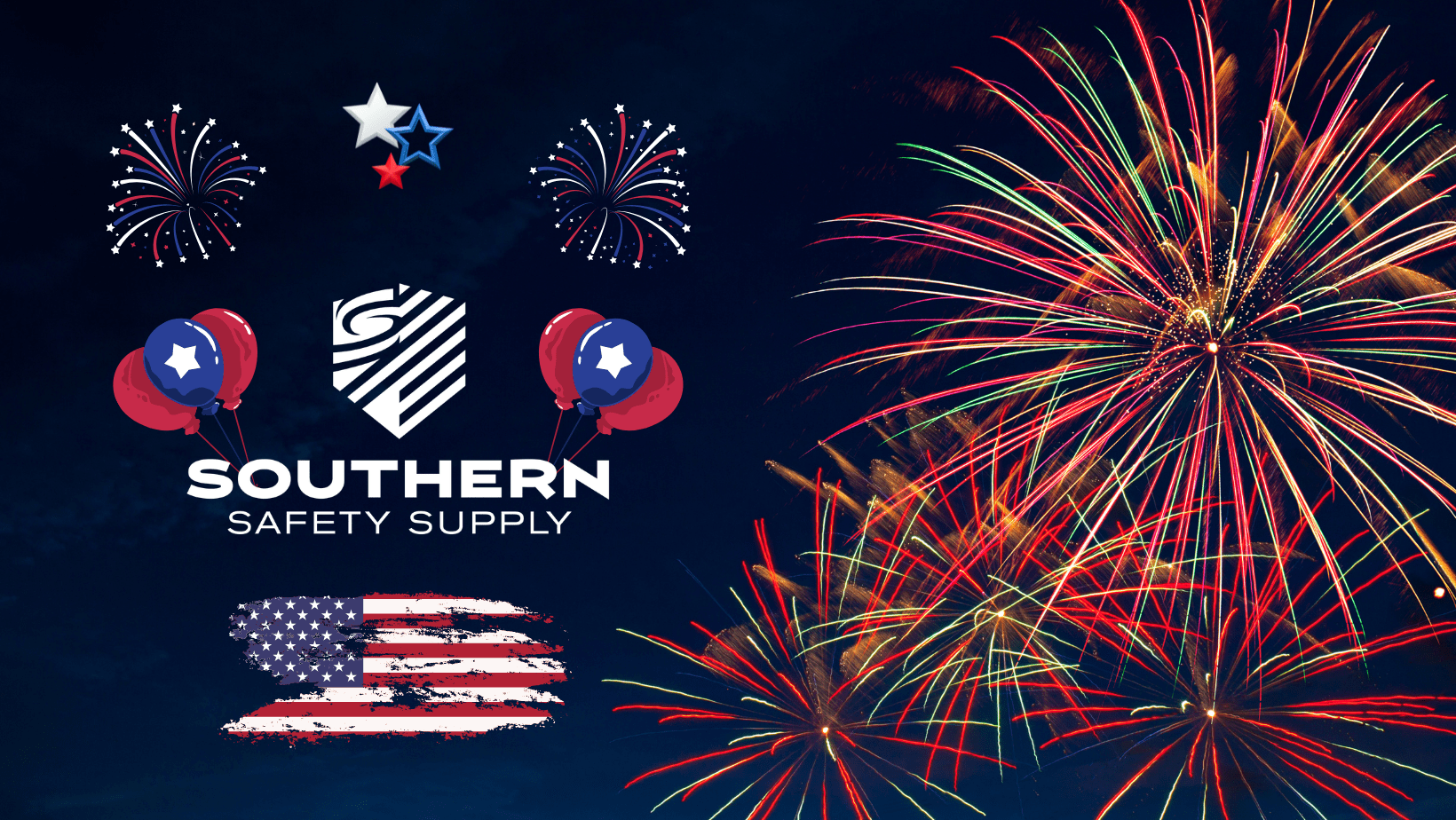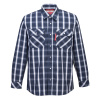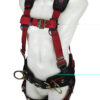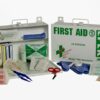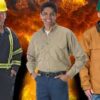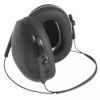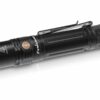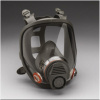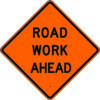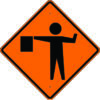Never Out™: Your Turnkey Safety Inventory Management
Nothing stops productivity like missing safety gear.
At Southern Safety Supply, our Never Out™ management ensures your jobsite is always stocked with mission-critical safety products — from everyday PPE to specialized equipment — so your crew stays compliant, protected, and ready to work.
Whether it’s an $8 pair of gloves or a life-saving fall protection harness, Never Out means no more interruptions, no more emergency re-orders, and no more downtime.
How Never Out™ Works
- 1. We Audit
- A dedicated safety representative conducts monthly site visits to check inventory levels and expiration dates.
- 2. We Stock
- Based on your actual usage, we replenish only what you need — no overstock, no dead inventory.
- 3. We Report
- You receive a single invoice + a usage report to simplify ordering and budgeting.
Key Never Out™ Inventory Categories
Go here for high-value items that we track and maintain so you never run short.
PPE — Personal Protective Equipment
These essentials protect workers daily and are the backbone of any safety program.
Examples We Keep Stocked:
- Full Brim Hard Hats – ANSI-compliant head protection.
- 6-Point Ratchet Hard Hats – lightweight and adjustable.
- High-Visibility Safety Clothing – reflective vests, jackets, and coveralls.
- Safety Glasses & Eyewear – eye protection for every job function.
- Disposable Masks & Respirators – respiratory compliance for dusty or hazardous environments.
Fall Protection & Specialty Equipment
Failure to protect workers at height can have devastating consequences. Keeping this equipment never out is crucial.
- Full Body Harnesses – critical for elevated work.
- Swivel Anchor Points – secure tether points for fall arrest systems.
Compliance & First Aid Solutions
From emergency preparedness to regulatory compliance, these items ensure your site meets OSHA and internal safety standards.
- First Aid Kits & AED Packages – ready for any on-site emergency.
- Eye Wash Stations – required where hazardous substances are present.
- Lockout/Tagout Devices – adherence to established safety procedures.
Consumables & Everyday Supplies
These items may be inexpensive, but running out can instantly halt work.
- Alcohol Wipes – cleaning and hygiene on the go.
- 5-Gallon Spill Kits – for quick cleanup and environmental compliance.
- Respirator Filters & Accessories – maintain PPE functionality without delay.
Why Never Out™ Works
- • Immediate, same-day solutions when inventory drops below your “safe level.”
• Always stocked — NEVER OUT.
• Predictable, scheduled visits that fit your operations.
• On-site approval for replenishment and invoicing. - These structured inventory visits reduce risk, save time, and prevent safety-related work stoppages — even over seemingly small items.
Ready to eliminate inventory outages and work stoppages?
👉 Schedule your FREE on-site 15-minute walk through with our safety expert today.
👉 Together, we’ll build your custom Never Out inventory list — tailored to your crew, hazards, and compliance requirements.
Visit our Shop to explore products. Contact us at James@southernsafety.com or call (865) 673-0140.
<div class="pipedriveWebForms" data-pd-webforms="https://webforms.pipedrive.com/f/6b4X8NNztm65aHjsQuaiURv0fikhId3Rkb1olnnXMteYZPRFrL1eOarzVDPjjxtV6j"><script src="https://webforms.pipedrive.com/f/loader"></script></div>

